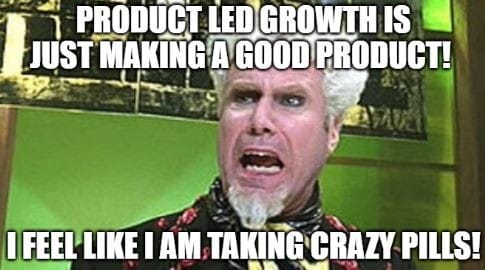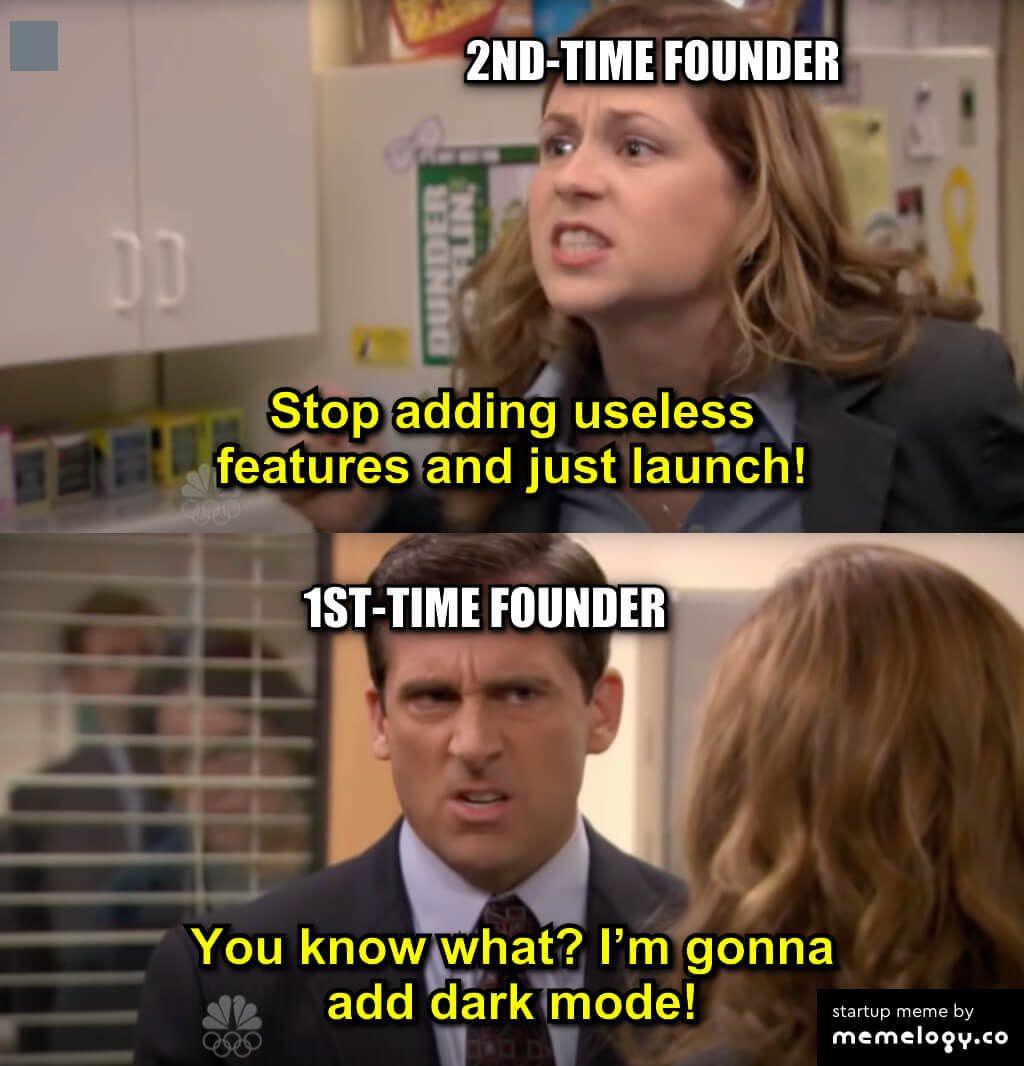- Needs To Exist
- Posts
- Idea Of The Day - A tool to attract people's dream followers - You Can Build It
Idea Of The Day - A tool to attract people's dream followers - You Can Build It
GM. This is Needs to Exist (aka NTE) - today you will help craft tweets for peoples dream followers.
Scared AI will take over the world? No problem—get access to 1,500+ startup ideas that could spark your next big thing. Sign up now and make things happen!
And if you want to check out the past ideas for free - go here!
Here’s what we’ve got for you today.
Daily Idea - Targeted Tweet Generator
PLG For The MVP

Get Followers You Actually Want

Inspired by this tweet
This peak your interest and you think you can build this? Sign up here. - and if you do we will share with you access to other social media ideas for free!
The One Liner
AI-powered tweets to attract your dream followers.
The 140 character tweet (or X) version
Want to grow your network strategically? Input a handle, and this AI tool crafts tweets tailored to get the followers you want.
The Longer Story Version
The Problem
Getting followers is easy. Getting the right followers? That’s the game.
Let’s say you want a VC to notice you, or you’re trying to get on the radar of a top creator, or maybe just someone who could unlock big opportunities. How do you do it?
Throw random tweets into the void and hope for the best? Nah. That’s a recipe for frustration.
You need to get in front of the right people, with the right message, at the right time. But figuring out what to say, how to say it, and when to post it? That’s a full-time job.
And most tools? They’re all about growing a big audience, not a meaningful one. It’s like fishing with a giant net when all you need is one perfect catch.
The Solution
What if there was a tool that made it stupid simple to attract your dream followers?
Here’s how it works:
You pick the person. Maybe it’s a CEO, a VC, or a creator you admire. Enter their handle.
The AI does the homework. It studies their tweet history, favorite topics, hashtags, and even how they engage with others.
It writes the perfect bait. The AI generates tweets tailored to their vibe—funny, insightful, or exactly the kind of thing they’ll want to engage with.
You hit post. Boom, you’re showing up in their notifications with content they want to engage with.
It’s like having an AI wingman for Twitter. All you have to do is show up, and it handles the rest.
How We’d Build It
Here’s the MVP recipe:
Brainpower: Use GPT-4 (or a fine-tuned model) to generate tweets based on the target’s interests and tone.
Data Crunching: Tap into Twitter’s API to analyze the target’s tweets—hashtags, patterns, timing, engagement style.
Quick Build: Use Bubble or Webflow to whip up a clean, functional front end.
Plug-and-Play: Zapier or Make to connect everything in the backend for speed.
Feedback Loop: Add a simple dashboard so you can see how your tweets are performing.
Bonus: If you want to go big, integrate with scheduling tools like Buffer or Hootsuite so the whole process is automated.
Why It Needs to Exist
Because shouting into the void is a waste of time.
Social media isn’t about the number of followers. It’s about the right followers.
This tool makes it easy for anyone—creators, founders, marketers—to punch above their weight. It levels the playing field by giving you the tools to build meaningful connections with the people who matter most.
It’s not for everyone. But if you understand the value of influence, relationships, and opportunities? This tool changes the game.
You don’t need a megaphone. You need a magnet. Someone should build it.
Interested in joining a team to help build this? Sign up here - and if you do, we will send you free access to the Social Media category!
Are You Thinking…. Where Do People Come Up With These Ideas?
Over 1,500 Ideas and Counting! That’s right, it’s like an all-you-can-eat buffet of business brilliance—except you don’t have to feel guilty afterward.
Searchable, Categorized, and Ready for Action. You don’t have time to wander around the internet like a lost puppy. This database? It’s like a GPS for your next big idea.
Curated from Legit Sources. We’re talking top-tier, no sketchy back-alley concepts here. These ideas have been handpicked, not just scraped off some random forum.
Action Plans Included! What’s the point of a great idea if you don’t know what to do with it? We’ve got step-by-step plans—so even you can figure it out.
Product Led Growth (or as they say PLG)

Product-Led Growth (PLG) flips the traditional playbook on its head. Instead of hiring a massive sales team to push your product, you let the product do the talking. PLG is all about creating an experience so good that users don’t need convincing—they just get it. It’s like handing someone a shiny new tool and watching them instantly go, “Oh, this is exactly what I needed.”
Whether you’re building your MVP or scaling a product, PLG forces you to focus on the one thing that matters: delivering value.
Step 1: Nail the Core Value
Your MVP should solve one clear, high-value problem better than anything else. Forget fancy features; focus on delivering an "aha!" moment early. Your users need to feel the value in the first interaction.
Example: If your product helps teams collaborate, the core value might be enabling users to complete their first shared task in under 5 minutes. Make this seamless.
Tools to use: Use Figma or Framer to prototype and test the core experience before building anything.
Step 2: Build Onboarding That Converts
Onboarding is the most critical part of your PLG motion. It’s the difference between users leaving after 30 seconds or becoming lifelong fans. Guide them step-by-step to their first "win."
How to do it:
Create a simple, interactive walkthrough.
Show users the exact steps to unlock the product’s value.
Avoid overwhelming them. Break onboarding into digestible steps.
Tools to use: Use Appcues, Userflow, or Product Tours in Mixpanel to build interactive, in-app guidance.
Step 3: Focus on Quick Wins
People love progress. Your job is to make them feel it fast. The first action users take should feel like momentum. If you’re building a design tool, this could be getting them to customize a pre-made template in seconds.
Here’s a hack: Use pre-built templates or auto-filled options to reduce friction and show off your product’s potential.
Tools to use: Use Hotjar or SessionReplay to track where users succeed or get stuck.
Step 4: Free Plan? Keep It Valuable but Limited
A PLG strategy relies on offering users real value upfront—but not all the value. Your free plan should give users just enough to love your product, but leave them wanting more.
How to implement it:
Make premium features visible but locked (e.g., “Upgrade to unlock”).
Add upgrade prompts at natural moments when users feel the limits of the free plan.
Don’t be pushy—use soft nudges that highlight the benefits of upgrading.
Tools to use: Use Stripe or Paddle for subscriptions, and Beehiiv or SparkLoop to test referral-based incentives.
Step 5: Iteration Is Your Superpower
Your first version won’t be perfect, and that’s fine. Launch, collect data, and iterate fast. Use user feedback and analytics to identify friction points and fix them. If users are dropping off before completing a core action, that’s your signal to tweak.
Example: If people aren’t completing onboarding, shorten the flow, add tooltips, or provide instant feedback when they take an action.
Tools to use: Use PostHog, Mixpanel, or Amplitude to track activation, retention, and drop-off points. Combine this with Typeform or Intercom surveys to get qualitative feedback.
PLG thrives on organic growth. Your users should naturally want to share your product because it’s solving a real problem or making their life easier.
How to encourage sharing:
Embed shareable moments, like “Created with [Your Product]” watermarks.
Add referral rewards for free users who bring in others.
Showcase how others are using your product (e.g., user-generated content or templates).
Tools to use: Use ReferralCandy or Viral Loops to implement referral programs.
Step 7: Measure What Matters
Track the metrics that tell you whether your PLG motion is working:
Activation rate: Are users finding value?
Retention rate: Are they coming back?
Free-to-paid conversion: Are they upgrading?
These numbers will guide your iterations. For example, a low activation rate means you need to refine onboarding or make the product easier to use.
Tools to use: Set up dashboards in Notion, Airtable, or Google Sheets to monitor metrics.
Why PLG for MVPs?
PLG isn’t just a growth strategy—it’s a filter. If your product can’t attract and activate users without a sales team, it’s probably not solving a big enough problem. But if it can, you’ve got a scalable, user-driven growth engine.
Start small. Get your MVP in front of users, and let them show you what works. Iterate relentlessly. Before you know it, your product will be doing the selling for you.
One More Meme
